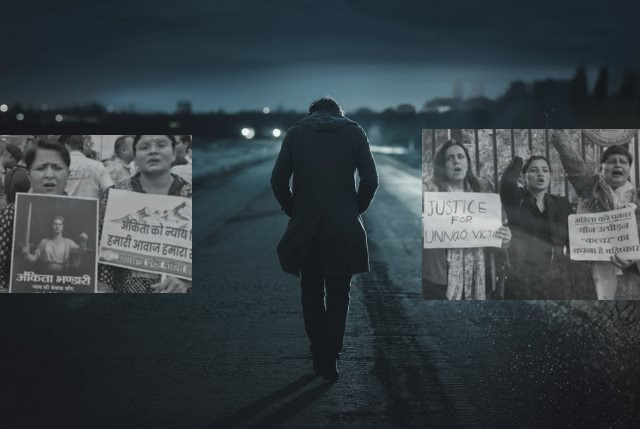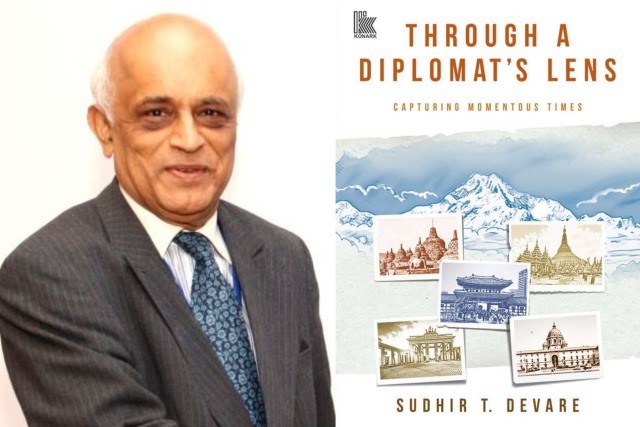
Friendly Neighbourhood Bangladesh@50
Fifty years is a long time, enough to look back and ruminate over the present, and Bangladesh’s emergence after a bloody struggle that changed South Asia’s map in 1971 is a good landmark.
The region has changed, and yet, little has changed if you look at millions living in poverty. Their governments pay them pennies compared to the pounds of preference the few get. Life expectancy has increased, but so have calamities, both natural and man-made.
In geostrategic terms, the heat of Cold War prevails. Russia, the erstwhile Soviet Union’s remnant, is replaced by a more aggressive China that has deep pockets and bigger ambitions. China has already gained access to the oil-rich Gulf and to the Indian Ocean. Ranged on the other side are Joe Biden’s ‘pivot’ and the just-emerging Quad. That lends importance to the largest portion humanity residing in the region.
Both alliances are expensive propositions, also designed to be exclusive. Does one have to join one or the other to stay afloat? During his Bangladesh visit last week, Prime Minister Narendra Modi projected the Southeast Asian model (Asean) for South Asia, suggesting that there can be smart, nuanced tweaking. But only that much, perhaps. He seemed to think beyond trade and transit.
On the ground, however, one can’t really say if South Asia — and the world itself — are a better place to live. Not with Covid-19 and the resultant war over vaccine-ing the pandemic. Not when economies are struggling to revive car manufacturing and civil aviation, but millions walk hundreds of miles to jobless safety of their homes. The contradiction was never so stark when you look back at 1971.
Fifty years ago, the world helped India to feed and shelter ten million refugees pouring in from the then East Pakistan. It responded to India’s huge effort at public diplomacy that brought together the likes of Pandit Ravi Shankar, Yehudi Menuhin and Beatle George Harrison to stage the “Bangladesh” campaign. People like Edward Kennedy chipped in. They sought to open the eyes of the Western governments blinded by cold war compulsions. When Bangladesh was liberated, finally, Andres Malraux called India the “mother”, who embraced her children no matter who they are or where they come from.
ALSO READ: Bangladesh – The Next Asian Tiger
We now live in a world divided by ‘nationalist’ barriers. On the day Modi embarked on his Bangladesh visit, his government told the Supreme Court of India, in the context of the Rohingyas from Myanmar, the current unwanted lot, that India “cannot be the refugee capital of the world.”
At geopolitical level, South Asia remains as divided as it was half-a-century back, depending upon which way you look. Everyone was, and remains, non-aligned – only the movement itself is dead. South Asian Association for Regional Cooperation (Saarc) remains dormant, a hostage to India-Pakistan rivalry. Common cultures help maintain a semblance of unity. But they are hostage to faith-based extremism and violence. Democracy is dodgy, limited to electoral games, while the rich-poor gap keeps widening.
Bangladesh is celebrating fifty year of hard-won independence, which also marks the centenary of its founding leader, Bangabandhu Sheikh Mujibur Rahman. At the helm is his daughter, Sheikh Hasina, the longest-serving Premier who has provided political stability and helped unleash economic development, making her country Number One on several human development counts.
But huge challenges confront her, not the least religious extremism in a nation of pious, conservative Muslims. Strong cultural mores, love for Bengali language and the considerable position women enjoy in the country’s economic well-being, give Bangladesh a unique place, not just in South Asia, but also in the Islamic world.
It helps India to stay close to a smaller, but self-assured, neighbour that, under Hasina’s stewardship has been most friendly. The two have learnt to resolve disputes and problems that can naturally arise along a 4,300 km border. Both sides need to work to maintain the high comfort levels in relationship that can grow to provide a role model for the region.
That it took them half-a-century to restore the mutual access that was disrupted after the 1965 India-Pakistan war shows that precious time was lost. With road, rail and sea infrastructure being expanded, the two can build on to mutual and regional advantage. The Modi visit has seen pacts on vaccines to rains, technology to nuclear power.
Agree, geopolitics cannot be ignored. This is where Modi’s citing the Asean model provides a pointer for closer and wider economic relations. India needs to have a significant role in seeing Bangladesh graduate out of the LDC (less developed country) status in 2026.
ALSO READ: Bangladesh Must Tick Healthcare Box Now
Defence cooperation where China dominates is almost a new area for India. Past Bangladesh governments have fought shy of Indian defence supplies and cooperation for fear of being attacked as India’s ‘agents’. With her opponents marginalized, Hasina seems to have shed this reservation. India needs to move carefully on this if it wants to compete with the Chinese, given their money power and a better delivery record. Successes with Bangladesh could set examples for India in its neighbourhood.
India has invested billions to earn goodwill in the last decade. Modi did well, with an eye on the future, to offer scholarships to the young and invited entrepreneurs to come and invest in India. Economic interest in each other is the key, if only it can be worked and extended to the larger region. Bangladesh provides the jumping board.
Both harked back to the past, but in different ways. Modi’s reference to “effort and important role” played by Indira Gandhi in 1971 was niggardly, to say the least. He belittled it further with a “me too” about his own having staged a Satyagraha as a youth. He may have. Mention of Atal Bihari Vajpayee in that context was a party add-on.
Old-timers would recall how opposition leaders those days had adopted postures as per their ideology, picking holes while broadly supporting the Indira government’s efforts. Some impatiently wanted her to launch an instant attack on Pakistan. You can expect only this much grace from our politicos those days, and now, especially with elections in Assam and West Bengal. Mercifully, the Bengali-speaking Assamese, allegedly illegal migrants, were not called ‘termites’ during the current campaign.
The missing link was the Congress, now marginalized at home. It was once a movement in East Bengal during the anti-British struggle and gave prominent leaders to the entire region. The era of Indira Gandhi, Jyoti Basu and Pranab Mukherjee is gone. India, whatever the new leadership, needs to build on it, not belittle it.
The year 1971 was tumultuous. It gave India its first military victory in centuries. It forced surrender of 93,000 soldiers, yet quit it after three months. This remains unique. It gave birth to a nation. Those of us who witnessed it can count themselves lucky.
The writer can be reached at mahendraved07@gmail.com



